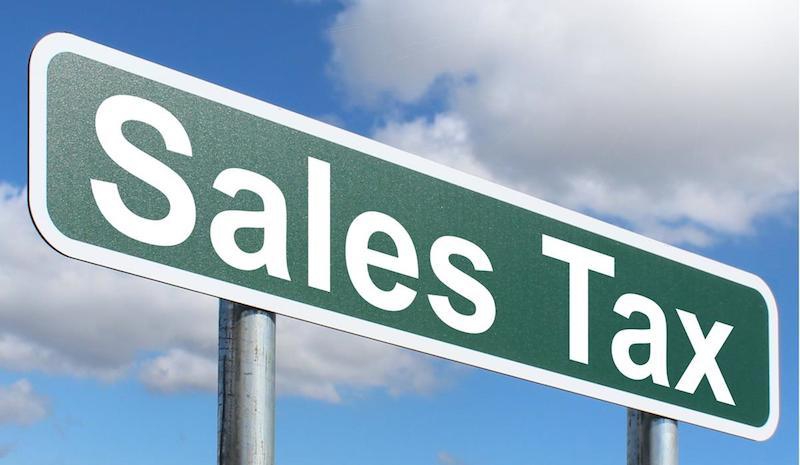The Focus - Our Tax E-Newsletter |
Sales Tax Post Wayfair Update

You may recall that back in July 2018 I reported on the “recent” South Dakota v. Wayfair, Inc., et al. opinion. The opinion overturned the Supreme Court's long-standing decision made in Quill Corp. v. North Dakota stating that an out-of-state vendor must have physical presence in the taxing state before the state can require the vendor to collect and remit sales tax.
Since that time, most states have followed suit by enacting their own versions of what constitutes “economic nexus.” Prior to the Wayfair case economic nexus generally meant a physical presence within the state, but since then the triggering event has changed to a significant presence based on economic activity (e-commerce, internet sales).
Unlike the prior nexus standard of physical presence that was uniformly adopted by all the states, the economic activity standard (e-commerce) varies state-by-state. The triggering events are sales volume and number of individual transactions. For example, some states base their threshold on “total sales” while others only count “taxable sales.” As for the number of transactions some state “sales volume and number of transactions” while others state “sales volume or number of transactions.” Sales volume thresholds are generally between $100,000 and $500,000 annually and 100 to 200 separate transactions annually. Additionally, if you sell your products through a “marketplace facilitator” (i.e. Amazon) you will not be responsible for sales tax collection as the marketplace facilitator will be required to collect and remit sales tax on your behalf.
As I stated a few months ago, “Be assured that states will become much more aggressive in redefining and implementing their sales tax nexus laws …” as states see this as a significant source of revenue. What you should do now is analyze your sales in each state and become familiar with that states nexus policy, including whether each product sold is taxable or nontaxable within the state. Additionally, the change from the old physical presence guidelines may in fact open the door to other taxes such as income tax, which could apply if the entity is conducting significant business activities within the state via indirect contact.
Businesses must now cope with the “new norm.” You need to understand the new tax rules, how to implement them, and ultimately adjusting your procedures of tracking sales. Please contact your trusted advisor here at Dermody, Burke and Brown, CPAs if you would like to discuss how the "Wayfair" decision would affect your business.
The information reflected in this article was current at the time of publication. This information will not be modified or updated for any subsequent tax law changes, if any.
